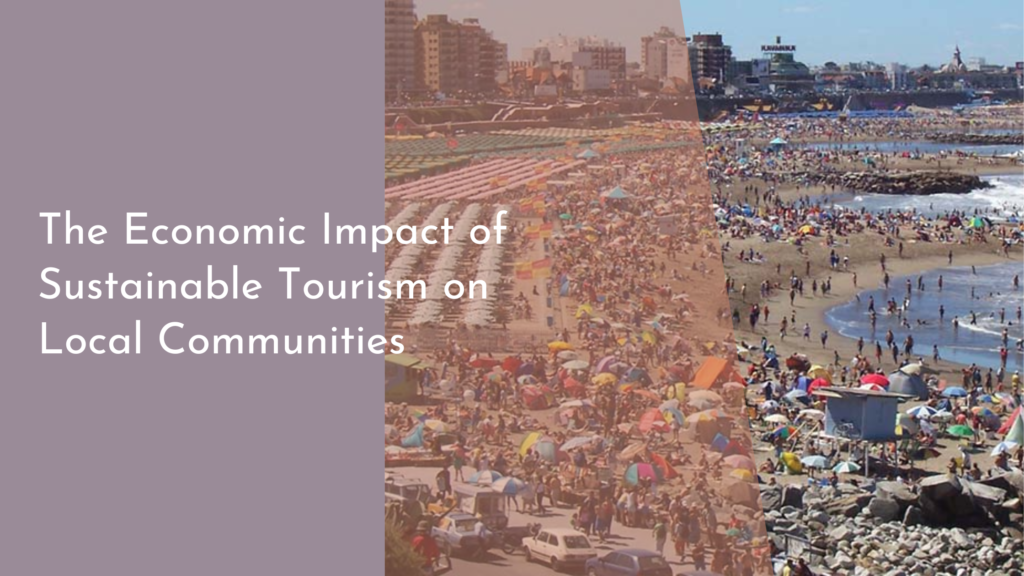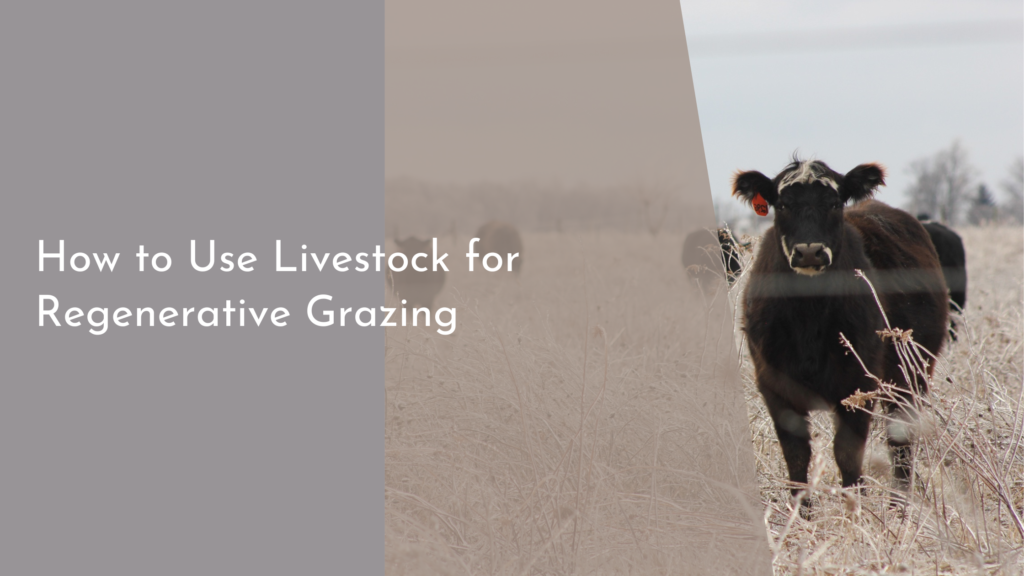Biodegradable Sandbags for Flood-Prone Regions
Flooding is a growing concern in many regions worldwide, prompting communities to seek effective solutions to manage rising water levels. Traditional sandbags have long been a popular choice for flood defense, but they often pose environmental challenges after use. Enter biodegradable sandbags—an innovative alternative that not only protects properties but also supports sustainable practices. In this article, we’ll explore the benefits of biodegradable sandbags, how they help preserve our environment, the innovative materials that make them possible, and inspiring success stories from communities embracing this green solution.
Understanding the Benefits of Biodegradable Sandbags
Biodegradable sandbags offer a myriad of benefits that extend beyond simple flood protection. First and foremost, they are designed to decompose naturally over time, which means once the threat of flooding has passed, there’s no need for costly and time-consuming disposal. This is particularly advantageous for municipalities and organizations that need to respond quickly to flooding while minimizing waste management efforts. Furthermore, these eco-friendly alternatives can be filled with materials that are abundant and locally sourced, reducing their carbon footprint and reliance on synthetic materials.
Additionally, biodegradable sandbags are lightweight and easy to deploy, making them user-friendly for residents and emergency responders alike. Their ease of handling allows for rapid response in critical situations, ensuring that communities can protect their properties swiftly. With their ability to retain water effectively, these sandbags provide a robust defense against flooding while promoting a sustainable approach to disaster management.
How Biodegradable Sandbags Help Protect Our Environment
The shift towards biodegradable sandbags is a significant step in protecting our environment. Conventional sandbags are typically made from synthetic materials that can take years, if not decades, to break down. When these bags are discarded after use, they contribute to landfill waste and environmental pollution. In contrast, biodegradable sandbags are made from natural fibers and materials that break down within months, enriching the soil rather than harming it. This contributes to a healthier ecosystem, reduces carbon emissions, and promotes soil fertility by returning nutrients to the earth.
Moreover, using biodegradable sandbags can help mitigate the impact of flooding on local wildlife and habitats. Traditional sandbags can often be left in place for extended periods, disrupting ecosystems and threatening local flora and fauna. With biodegradable options, communities can more readily remove barriers after flooding events, allowing nature to bounce back more quickly and efficiently. By choosing biodegradable solutions, we’re effectively blending disaster preparedness with environmental stewardship.
Innovative Materials Behind Eco-Friendly Flood Solutions
The production of biodegradable sandbags relies on a range of innovative materials. Many are crafted from natural fibers such as jute, hemp, or kenaf, which are not only sustainable but also incredibly durable. These natural materials can absorb water effectively, making them suitable for flood defense while ensuring they break down naturally in the environment. Additionally, researchers are developing advanced bio-based polymers that enhance the performance of these sandbags while maintaining their biodegradability.
Another exciting innovation involves the use of agricultural by-products in sandbag production. For example, corn starch and wheat gluten are being utilized to create biodegradable polymers that can hold water effectively while being eco-friendly. Such innovations not only provide a practical solution for flood defense but also support local agriculture by finding new uses for surplus crops. This synergy between agriculture and environmental protection creates a win-win situation for communities facing flood risks.
Success Stories: Communities Embracing Green Flood Defense
Across the globe, communities are successfully implementing biodegradable sandbags as part of their flood defense strategies. In places like New Orleans, where flooding is a frequent concern, local governments have begun to incorporate these eco-friendly sandbags into their emergency response plans. Residents have reported not only feeling safer during storm season but also taking pride in their community’s commitment to sustainability. This shift has sparked conversations about broader environmental initiatives beyond flood defense, fostering a culture of ecological awareness among citizens.
Another success story comes from rural areas in the Midwest, where farmers have adopted biodegradable sandbags to protect their land from seasonal flooding. By using these eco-friendly alternatives, they have minimized their environmental impact while effectively safeguarding their crops. The positive feedback from the agricultural community has encouraged further investments in green technologies, showcasing how adopting biodegradable solutions can lead to a proactive and community-driven approach to environmental challenges.
As climate change continues to challenge communities with increased flooding, the adoption of biodegradable sandbags represents a hopeful and sustainable alternative for effective flood management. By understanding their benefits, embracing innovative materials, and sharing success stories, we can inspire more regions to implement eco-friendly flood defenses. This cheerful commitment to protecting both our properties and our planet is a crucial step towards creating resilient communities that thrive in harmony with nature.



